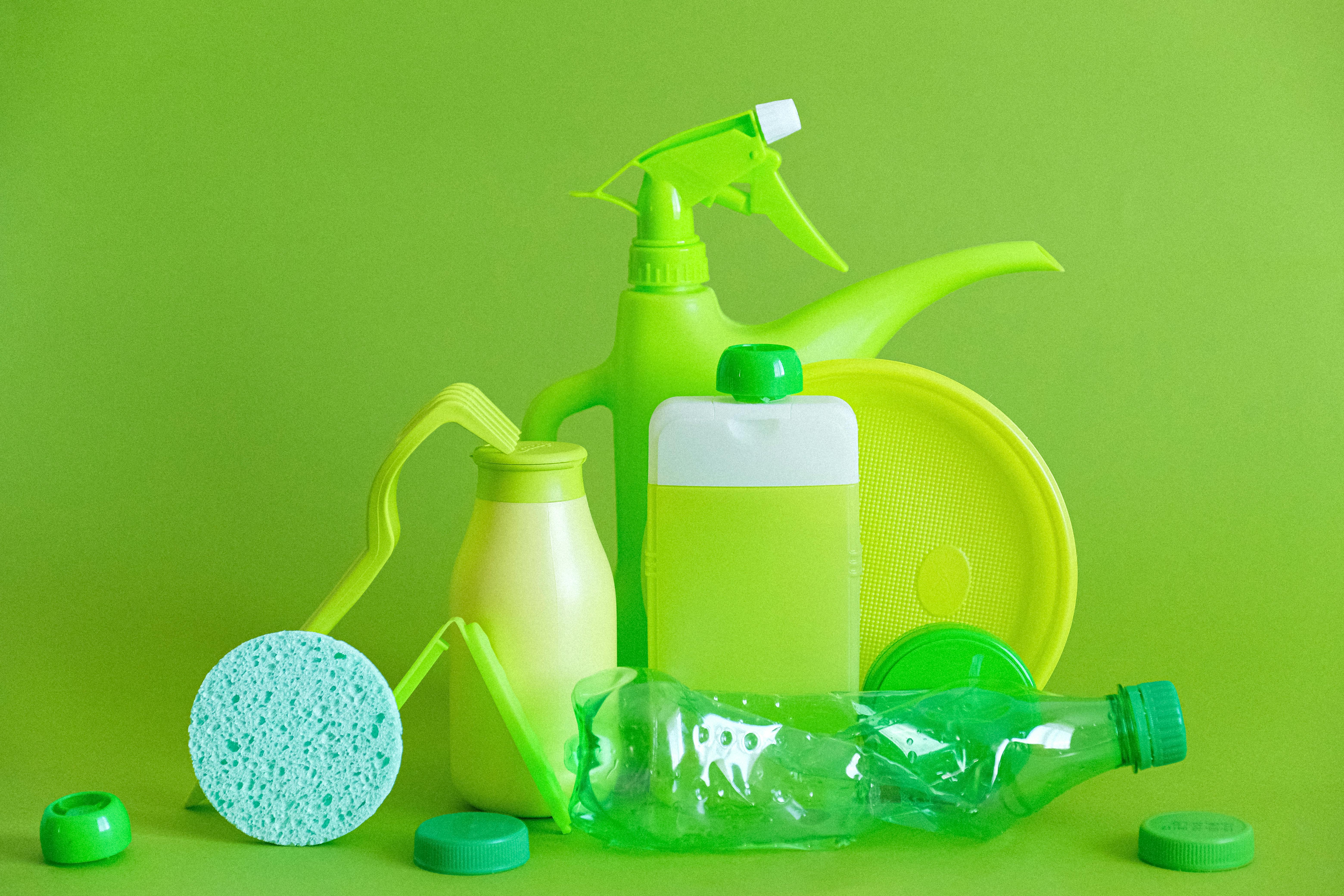 and it should include the keyword ‘waste sanitation’.
and it should include the keyword ‘waste sanitation’.
How to Choose the Best Waste Sanitation Solutions?
When it comes to waste management, sanitation is a vital component. Choosing the right type of sanitation solution can make a huge difference in the effectiveness and efficiency of your waste management. Here’s what you need to know to choose the best waste sanitation for your business or home.
What Is Waste Sanitation?
Waste sanitation is the process of treating wastewater, sewage, and other by-products of human and/or animal activity. Waste sanitation helps to reduce the spread of disease, improve public health, and protect the environment. It involves the collection, transportation, and disposal or treatment of human and/or animal waste.
Why Is Waste Sanitation Important?
Waste sanitation is important for two main reasons. First, it helps to prevent the spread of disease. Secondly, it helps to reduce the amount of pollution in the environment. Proper waste sanitation helps to keep waterways and other bodies of water clean, and can help to reduce air pollution.
Types of Waste Sanitation
There are two main types of waste sanitation: onsite and offsite waste sanitation. Onsite waste sanitation solutions involve the treatment of wastewater and sewage onsite, such as in a septic tank or a composting toilet. Offsite waste sanitation solutions involve the transportation of wastewater and sewage to a treatment facility.
Onsite Waste Sanitation Solutions
Onsite waste sanitation solutions are typically the most economical option and are ideal for small businesses and homes. Some common onsite waste sanitation solutions include:
• Septic tanks – Septic tanks are large tanks that collect wastewater and sewage and allow it to decompose naturally. They can be a cost-effective way to manage wastewater and sewage, but they require regular maintenance and may not be suitable for larger businesses.
• Composting toilets – Composting toilets use natural processes to break down human waste and turn it into a usable fertilizer. They require no water or sewer connections and can be a great way to reduce water usage and wastewater production.
• Greywater recycling systems – Greywater recycling systems collect wastewater from sinks, showers, and other household appliances and filter it for reuse. This type of system can help to reduce water consumption and the amount of wastewater that needs to be treated.
Offsite Waste Sanitation Solutions
Offsite waste sanitation solutions involve the transportation of wastewater and sewage to a treatment facility. These solutions are typically more expensive than onsite solutions, but they are ideal for larger businesses or homes that generate a lot of wastewater. Some common offsite waste sanitation solutions include:
• Sewage treatment plants – Sewage treatment plants use a combination of physical, chemical, and biological processes to treat wastewater and sewage. They can be a great way to reduce the amount of wastewater that is released into the environment.
• Septic tank emptying services – Septic tank emptying services empty septic tanks and transport the wastewater and sewage to a treatment facility. This type of service is ideal for households or businesses that do not have access to a sewage treatment plant.
• Waste water recycling and reuse – Waste water recycling and reuse involve the filtration and reuse of wastewater. This type of system can help to reduce water consumption and the amount of wastewater that needs to be treated.
Choosing the Right Waste Sanitation Solution
Choosing the right waste sanitation solution for your business or home can be a difficult decision. It’s important to consider your budget, the amount of wastewater and sewage that needs to be treated, and the environmental impact of the solution.
• Budget – Onsite solutions tend to be more cost-effective than offsite solutions, but they may require more maintenance and may not be suitable for larger businesses. It’s important to consider your budget when deciding which type of solution is best for your needs.
• Wastewater and sewage – The amount of wastewater and sewage that needs to be treated should also be taken into consideration. Onsite solutions may not be suitable for businesses or homes that generate a large amount of wastewater and sewage.
• Environmental impact – The environmental impact of the solution should also be taken into consideration. Onsite solutions, such as composting toilets, can help to reduce water usage and wastewater production, while offsite solutions, such as sewage treatment plants, can help to reduce the amount of wastewater that is released into the environment.
Finding the Right Waste Sanitation Provider
Once you’ve decided on the type of waste sanitation solution that’s best for your needs, it’s important to find the right provider to install and maintain your system. Midland Toilet Hire are a leading provider of waste sanitation solutions in the UK. With over 30 years of experience, their team of experts will help you to find the most suitable solution for your business or home.
Conclusion
Choosing the right waste sanitation solution is essential for the effective management of wastewater and sewage. It’s important to consider your budget, the amount of wastewater and sewage that needs to be treated, and the environmental impact of the solution when deciding which type of solution is best for your needs. Once you’ve decided on the type of solution, it’s important to find the right provider to install and maintain your system. Midland Toilet Hire are a leading provider of waste sanitation solutions in the UK and can help you to find the most suitable solution for your business or home.
